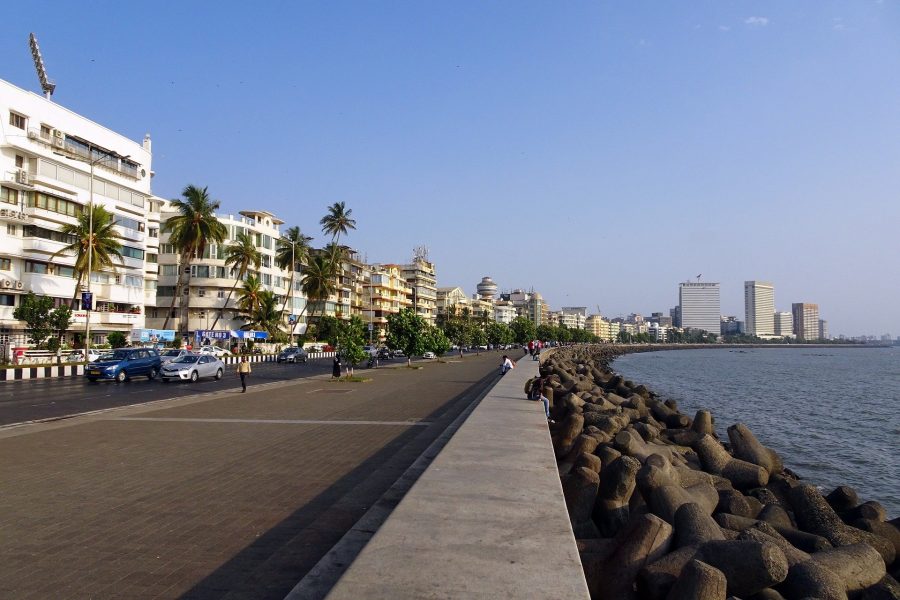
Expect warmer-than-usual October and November months this time

The temperature between September and November this year is likely to remain above average mainly because of a weak La Niña event. This is the second consecutive year of a weak La Niña, which is likely to affect precipitation (rainfall) patterns, leading to drought in some parts of the world and increase the risk of heavy rainfall and flooding in others, stated the latest report of the World Meteorological Organization.
What is La Niña?
La Niña refers to the large-scale cooling of the ocean surface temperatures in the central and eastern equatorial Pacific Ocean, coupled with changes in the tropical atmospheric circulation, namely winds, pressure and rainfall. It usually has the opposite impacts on weather and climate as El Niño, which is the warm phase of the so-called El Niño Southern Oscillation (ENSO).
Also read: Climate education for young minds is the need of the hour
But despite La Niña’s cooling influence, temperatures over land areas are expected to be above average between September and November, especially in the northern hemisphere, said the World Meteorological Organization.
Effect on India
The rainfall deficiency in August stood at 24%. The India Meteorological Department (IMD) expects above normal rainfall activity at over 110% in September, thus helping reduce monsoon rain deficiency to 7% for the period June 1 to September 30 (called monsoon in India).
The World Meteorological Organization expects above-normal rainfall over India, Australia, eastern and southeast Asia.
Impact of climate change
All naturally occurring climate events now take place in the context of human-induced climate change, which is increasing global temperatures, exacerbating extreme weather and impacting seasonal rainfall patterns.
“Human induced climate change amplifies the impacts of naturally occurring events like La Niña and is increasingly influencing our weather patterns, in particular through more intense heat and drought – and the associated risk of wildfires – as well as record-breaking deluges of rainfall and flooding,” said World Meteorological Organization Secretary-General Prof. Petteri Taalas.
PODCAST: ‘Simply planting trees not enough, we need to cut carbon emission’
“We have seen this with devastating and tragic effect in the past few months in nearly all regions of the world. Climate change is increasing the severity and frequency of disasters,” he said.
Need for an early warning system
Prof. Taalas said an improved early warning and disaster risk management will prepare us better for saving lives. However, he pointed out that socio-economic and humanitarian impacts are spiralling in the form of worsening food insecurity, more displacement and migration. “The potential for social unrest is very high,” he said.

